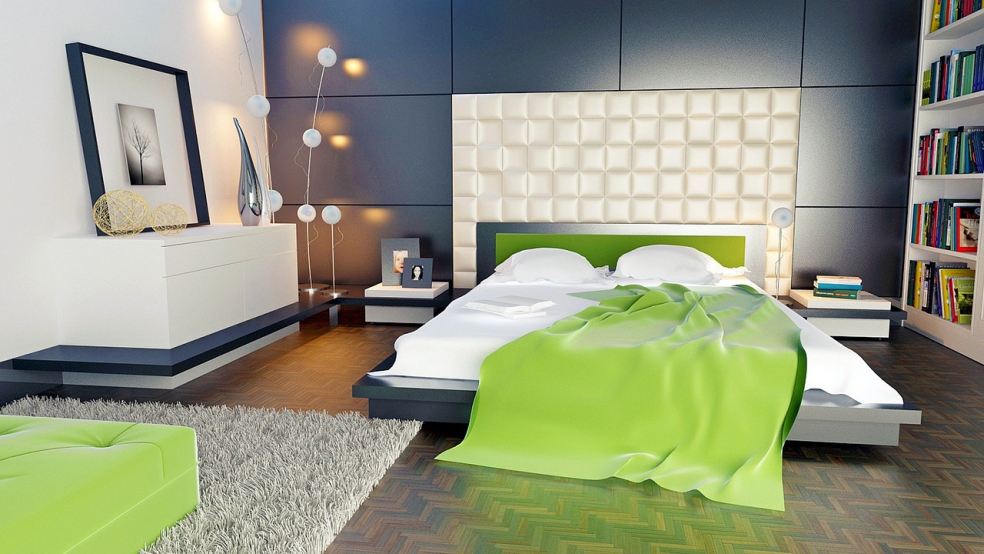
Acoustic Fabric Panels: Bringing Fabric Walls Down to Sound Solutions
More and more, today's interior design and architecture are seeing a demand for the balance of form and function. Open-plan offices, minimal living spaces, and business spaces are peppered with clean, reflective surfaces in the form of glass, concrete, and metal. Appealing visually, the applications of these materials can create severe acoustic challenges. Sound easily bounces off hard surfaces, producing echo, reverberation, and a general lack of distinctness in speech or music. The solution to this issue without losing style has been reached by designers and acousticians alike—an acoustic fabric panel that turns bare walls into beautiful and wonderfully effective sound absorbers.
What Are Acoustic Fabric Panels?
Acoustic fabric panels are ceiling or wall treatments that have the specific function to combine sound-absorbing cores with acoustically transparent materials. The method is simple: the sound waves pass through the fabric surface and get trapped in the material underneath, whether it is mineral wool, fiberglass, or recycled PET. Instead of reflecting back into the space, the sound's energy is dissipated, reducing reverberation time (RT60) and overall acoustic comfort.
The "fabric wall" concept is so versatile because it can be adapted to the space's size, appearance, and functional needs. Placed as individual panels, full wall coverings, or stretched systems, fabric walls provide an aesthetic coat and a performance enhancement to the environment.
Why Acoustic Fabric Panels Matter
Human sensitivity to minute vibrations of the sound is high. In the office, ineffective acoustics lead to distractions, stress, and reduced productivity. In restaurants, excessively amplified noise compromises the dining experience. In home cinemas or music recording studios, echoes and standing waves degrade sound quality. Acoustic fabric walls offer a sophisticated and effective solution to such problems.
Some of the most significant benefits are:
Improved speech clarity: The sounds are crisper and more intelligible, which is essential in conference rooms, classrooms, and theaters.
Attenuation of noise: Through the dissipation of unwanted sound energy, panels reduce overall noise.
Design flexibility: Fabrics come in a wide range of colors, textures, and patterns, making it easy to integrate acoustic treatment into many design schemes.
Durability: Quality fabrics and cores are designed to withstand wear while maintaining performance.
By converting a wall into an "acoustic solution," acoustic fabric panels allow designers to merge utility and beauty in a seamless integration.
Applications for Acoustic Fabric Walls
The flexibility of fabric walls makes them suitable for use in different settings:
- Corporate offices: Enhancing focus by removing noise in open-plan environments
- Educational buildings: Enabling effective communication in lecture halls and classrooms.
- Hospitality spaces: Creating friendly soundscapes in restaurants, hotels, and lobby areas.
- Healthcare settings: Providing quieter areas that reduce stress in patients and medical professionals.
- Home interiors: From the living room to the home theater, fabric walls deliver a subtle acoustic augmentation.
- Recording studios and venues: Providing accurate sound reproduction for recording and live performances.
Design and Aesthetic Considerations
Unlike traditional acoustic panels, which can sometimes look cumbersome or functional, fabric walls offer complete freedom of design. Interior designers can select from many different acoustic fabrics—plain, textured, or printed—to coordinate with interior design. Stretched fabric systems, for example, can be installed on full walls without any seams to be seen, creating a sleek and elegant appearance.
The texture and the color of the materials can also affect the mood of a room. The use of thin fabrics creates a space airy and spacious, while the employment of darker shades creates warmth and intimacy. With the right design, acoustic walls are no longer an afterthought but a constituent of the interior personality.
Fabritech and Their Contribution
An example of expertise in this regard is Fabritech, a British company that offers acoustic fabric solutions. Their offerings are a combination of technical ability and design versatility, offering stretched fabric systems, acoustic wall panels, and customized solutions for commercial and residential settings. Fabritech's approach is to show how fabric walls can improve not only the quality of acoustics but also add to the overall look of the room. By stressing sound control and visual effect, they illustrate how fabric panels are more than mere functional additions, but a full component in creating modern, comfortable interiors.
The Science Behind Acoustic Fabric Panels
Sound absorption technology is at the core of acoustic fabric panels. When sound hits a hard wall, it reflects back into the room and contributes to echoes. Sound panels are meant to balance that. The porous interiors of the panels trap and dissipate sound energy in the form of small amounts of heat through friction. The fabric cover allows the sound to pass through undisturbed, yet also gives an aesthetic face.
Various frequencies affect materials differently. High frequencies are easy to absorb, while low frequencies require thicker or custom panels. That's why acoustic design typically incorporates some mix of panel types and locations, tailored to the space's specific acoustics.
Installation Options
There are a few options for integrating acoustic fabric walls:
- Individual panels – Modular panels to be mounted as artwork, offering flexibility plus beauty.
- Full wall systems – Long fabric stretched over entire wall surfaces in a smooth effect.
- Custom applications – Panels embedded in furniture, partitions, or architectural components for targeted performance.
Professional installation ensures panels are both functional and aesthetically consistent with design intent. For smaller-scale projects, pre-fabricated panels are also an option.
Sustainability and Fabric Choices
Sustainability is increasingly being placed higher on the agenda in building design. Most acoustic panel cores are designed with recycled or sustainable materials nowadays. Fabrics may be made from natural fibers, or low-VOC treatment for enhanced indoor air quality. Long-lasting, highly durable fabric choice also ensures that the acoustic investment will be effective for a long time without constantly having to replace it.
The Future of Fabric Walls
With buildings increasingly valuing open spaces and green materials, the role of acoustic treatments will only grow in importance. Fabric walls, though, offer a forward-thinking solution in that they combine flexibility, beauty, and technical ability. Textile technology is also creating room for smart fabrics that are able to dynamically modify acoustics or even include lighting and digital data.
Acoustic fabric panels have transformed the art of controlling sound for architects and designers. By turning fabric walls into effective acoustic solutions, they aim to correct one of the most common problems with today's interiors—unnecessary noise—without sacrificing style. With their highly versatile nature, they are useful in workplaces, homes, public areas, and so much more.











